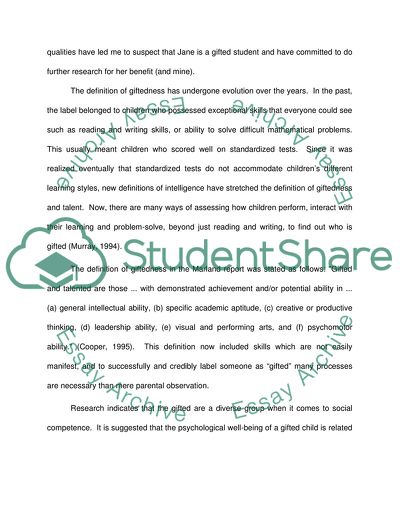Cite this document
(Teaching a Gifted Child in a Mainstream Classroom Case Study, n.d.)
Teaching a Gifted Child in a Mainstream Classroom Case Study. Retrieved from https://studentshare.org/education/1707151-teaching-a-gifted-child-in-the-mainstream-classroom
Teaching a Gifted Child in a Mainstream Classroom Case Study. Retrieved from https://studentshare.org/education/1707151-teaching-a-gifted-child-in-the-mainstream-classroom
(Teaching a Gifted Child in a Mainstream Classroom Case Study)
Teaching a Gifted Child in a Mainstream Classroom Case Study. https://studentshare.org/education/1707151-teaching-a-gifted-child-in-the-mainstream-classroom.
Teaching a Gifted Child in a Mainstream Classroom Case Study. https://studentshare.org/education/1707151-teaching-a-gifted-child-in-the-mainstream-classroom.
“Teaching a Gifted Child in a Mainstream Classroom Case Study”. https://studentshare.org/education/1707151-teaching-a-gifted-child-in-the-mainstream-classroom.


